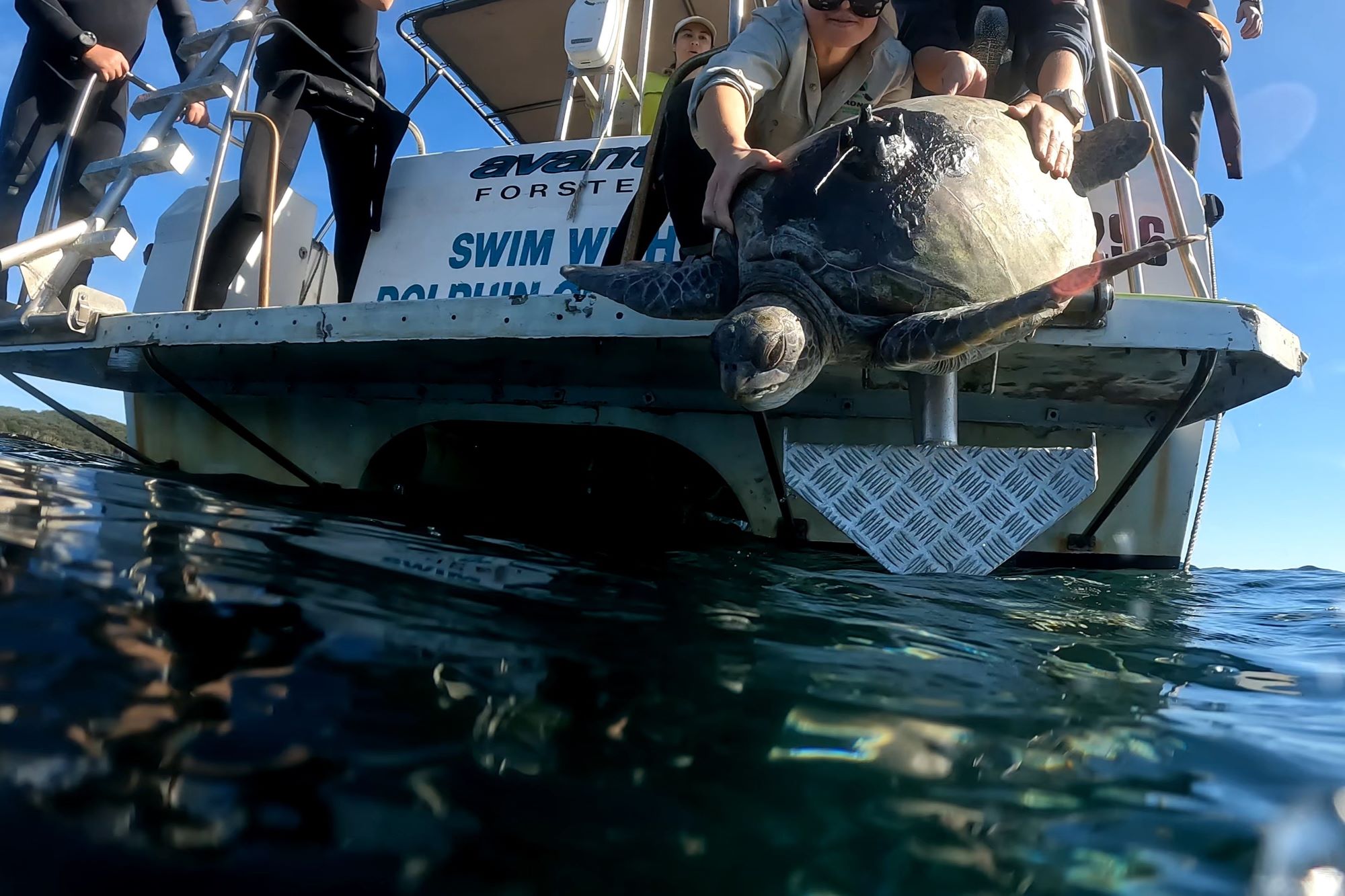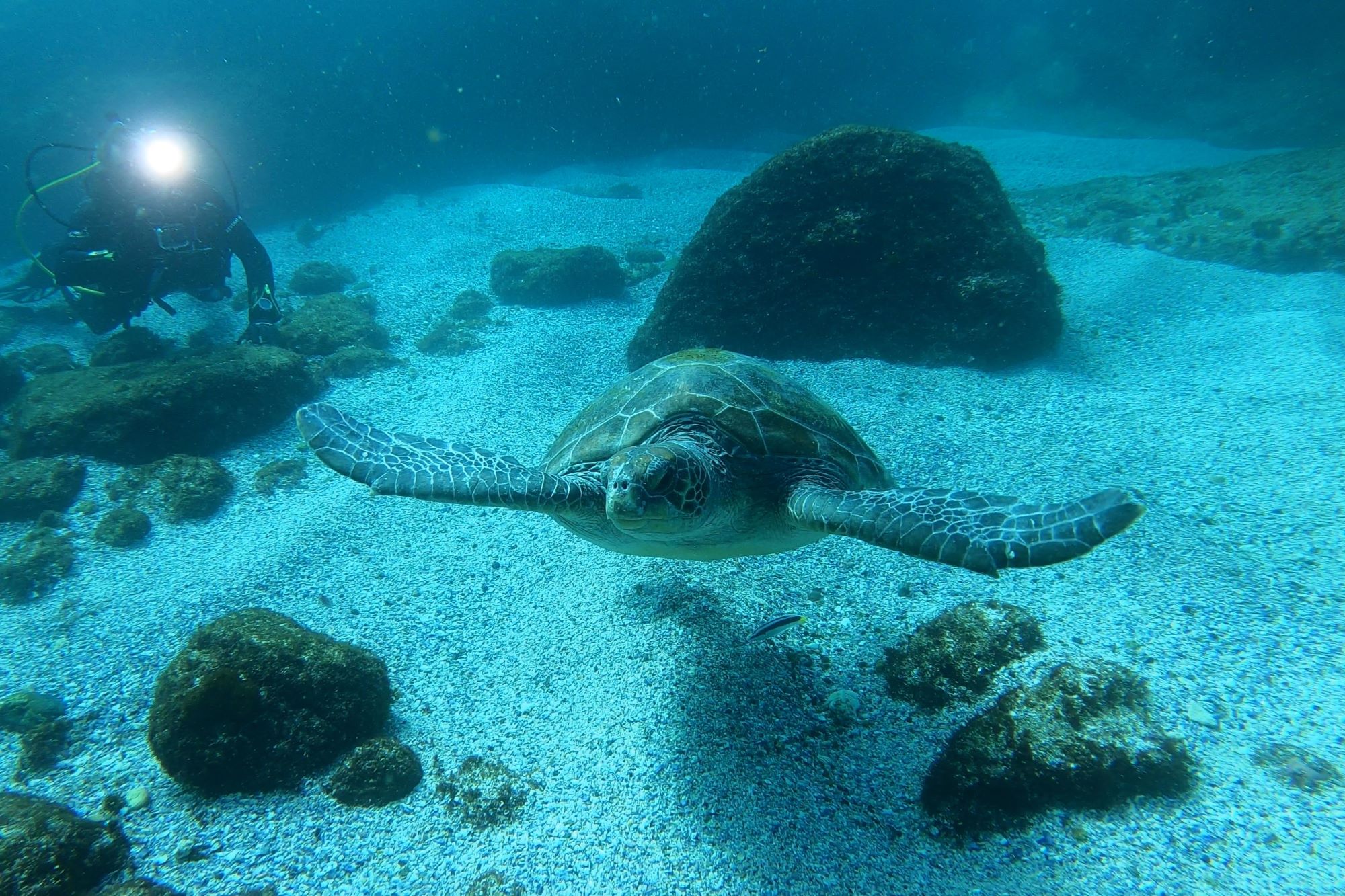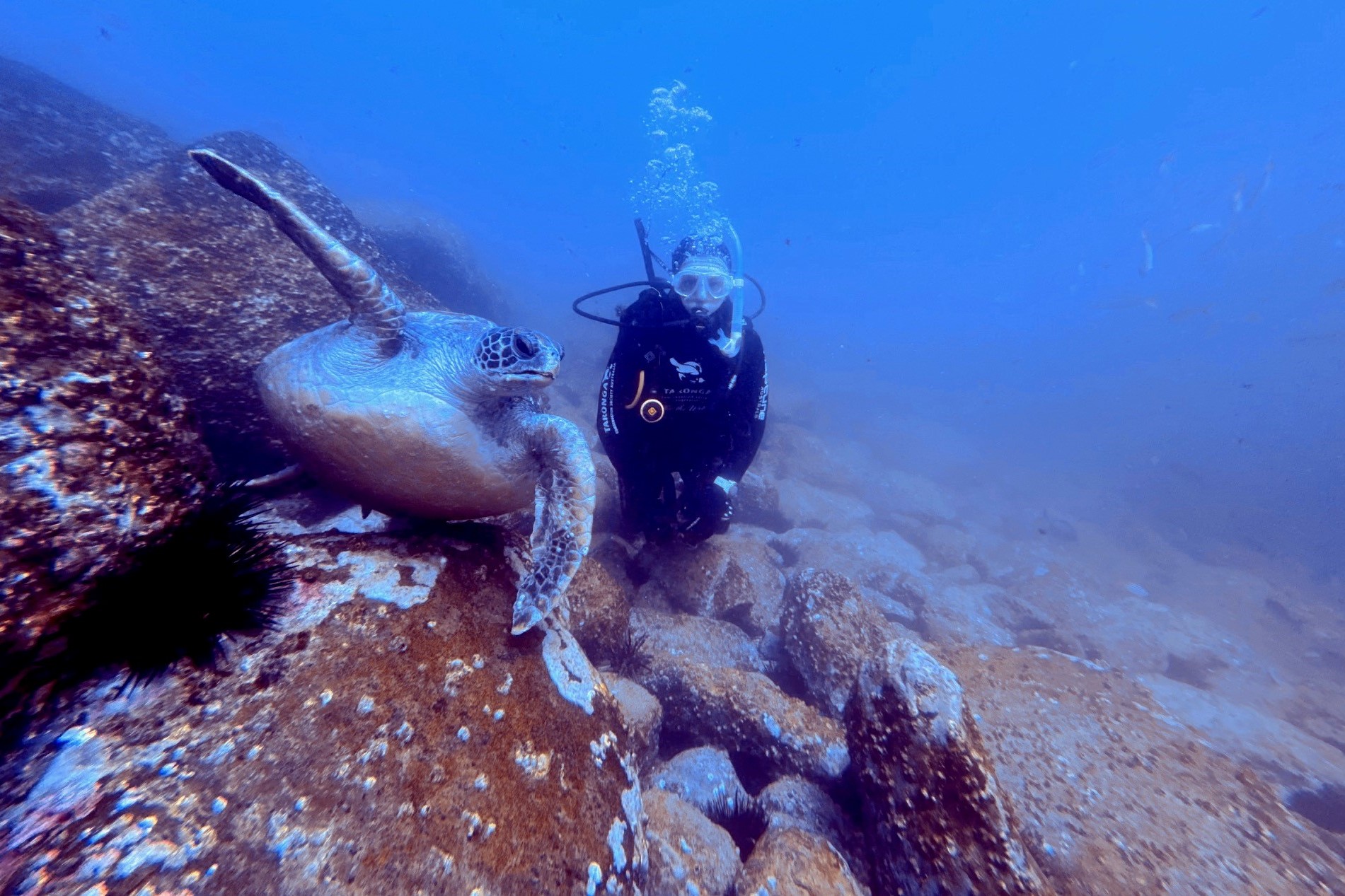Posted on 05th November 2025 by Media Relations
Marine Turtle Tagging Project unveils secret turtle habits in NSW
Marine turtles are being tagged and tracked in an initiative to better understand the movements and habitat use of turtles along the New South Wales (NSW) coast. Early findings from the marine turtle tagging project show NSW as an increasingly important climate refuge for these threatened marine reptiles.
Led by Taronga Conservation Society Australia (Taronga), in partnership with Sydney Institute of Marine Science (SIMS), NSW National Parks and Wildlife Service, and Gumbaynggirr Land and Sea Rangers, the project aims to inform future conservation zones and climate adaptation strategies for marine turtles.To date, research on marine turtles on the east coast of Australia has focused on breeding sites in Queensland, and while it’s known that the NSW coast provides important habitat for foraging, resting and nesting marine turtles, their movement patterns and habitat use has been poorly understood. That is, until now.
Building on long-term satellite tracking and health data from Taronga Wildlife Hospital and the Australian Registry of Wildlife Health, Taronga’s successful pilot study in 2024–25 established a collaborative team of scientists and veterinarians to develop protocols for deploying satellite trackers on free-ranging marine turtles. The movements and habitat use of 16 green turtles, three loggerhead turtles, and two hawksbill turtles are now being tracked along the NSW coast from Sydney to Ballina.



Currently, the majority of tagged turtles in the study have remained in the local area where they were tagged, providing much needed scientific data to support the notion that New South Wales is an important foraging ground for marine turtles – both transient and residents. One green turtle was re-sighted and found in the exact same location one year prior to the deployment of a satellite tracker, with subsequent tracking data further confirming the threatened marine reptile to be a year-round NSW resident.
“These new insights into where and how marine turtles are using NSW habitats are vital,” said Dr Jo Day, Conservation Biologist at Taronga. “These threatened species act as sentinels, revealing how our marine ecosystems are responding to sea surface temperatures that are rising 2-3 times faster than the global average.”
The movement of a few green turtles to more northerly NSW locations in recent weeks has also highlighted possible shifts in habitat use due to seasonal changes or unfavourable ocean conditions caused by significant rainfall events in the region. While one loggerhead turtle’s partial migration was tracked ~3,500km towards Norfolk Island, contributing to the mapping of migratory corridors for the species.
“With marine turtles gradually extending their distribution to southern NSW, identifying biologically important areas helps us protect their habitats more effectively and reduce the frequency of stranding events,” explained Day.


Funded by Taronga, SIMS and the NSW Marine Estate Management Strategy, and supported by government, community organisations and businesses, this collaborative project highlights the cultural significance and ecological vulnerability of green, hawksbill, and loggerhead turtles, all species that this project’s preliminary results suggest rely on NSW’s coastal habitats for survival year-round.